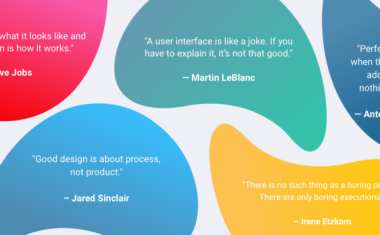Free UX Design Course
Dive into UX design with our free starter course. Transform your creative ideas into user-friendly solutions.
Of all the changes that 2020 brought to our lives, the most omnipresent one is the digitization of everything. From keeping in touch with family and friends to ordering groceries, more and more people have gotten used to living their lives online. Just last year, people downloaded 218 billion apps, spent $143 billion and four hours a day on their mobile devices. So it’s safe to say that much of our lives are being—and will be—mediated by digital products.
A key differentiator for digital products is user experience (UX). Organizations are investing significantly in creating seamless and engaging experiences for customers to stay longer on their platforms. For this, they’re hiring UX designers in large numbers. LinkedIn ranks UX design among the top five most in-demand skills in 2020. Over 15,000 user experience designer positions are listed on LinkedIn alone across multinationals like Google, Microsoft, JP Morgan Chase, etc.
With a growing demand for UX designers and a lack of skilled experts to fill that demand, organizations are becoming more and more open to hiring freelancers. Unlike ever before, freelancing is gaining traction throughout the technology industry. 36% of the country’s workforce—59 million Americans—freelanced last year.
In this blog post, we discuss how you can kickstart your career and become a highly paid freelance UX designer.
Related Read: What is UX Design?
Is It Easy To Become a Freelance UX Designer?
Yes, especially since the pandemic, which changed how work is done. UX designers traditionally spent significant time in-person with users and product teams. A few years ago, it would have been less common for a UX researcher or UI designer to be a freelancer. However, today, nearly everything is done remotely. There are advanced tools and technologies to enable online collaboration.
So it’s not surprising that by 2028, 73% of all departments will have remote workers, showing that both users and organizations would be more comfortable with this way of working.


Become A UX Designer. Land a Job or Your Money Back.
Master Adobe XD, Figma, and Sketch. Work 1:1 with an industry mentor. Build a portfolio. Land a job — or your money back.
Pros of Being a Freelance UX Designer
“New freelancers report positive financial results, and 96% are likely to freelance in the future,” finds a study. There are various reasons why.
Time Flexibility
Freelance UX designers are paid for the work they deliver, not the number of hours they clock in. This means that they are not restricted by 9-5 and can work whenever they are at their creative best. Moreover, they have the freedom to schedule their projects so that they can take vacations or breaks through the course of the year without disrupting work.
Income Flexibility
While employees are limited to the same salary every month until they get a raise, there is no income cap on freelancers’ earnings. You can set your rates for your service. The earning potential doesn’t end once your time is fully booked. You can put prospective clients on a waiting list, securing more earnings for the future. Or you could hire an assistant to perform specific tasks for you (for example, marketing, and billing), freeing up more time for newer clients.
Location Independence
Since most freelancers work remotely, they also enjoy location flexibility. Your office is no longer limited to any city or even country. This means you can work from your local coffee shop or the other side of the planet. With your laptop and a stable internet connection, you can get your work done anywhere you feel the most productive and comfortable. Location independence also lets you enjoy a lower cost of living and/or a higher quality of life.
Continuous Career Growth
Unlike salaried employees, as a freelancer, you are not limited by the projects that are assigned to you. You can pitch for a wide range of projects, take on challenging assignments and gain invaluable experience along the way. You will also get to learn and work in different industries, broadening your horizon.
Cons of Being a Freelance UX Designer
While the upside is attractive, there are a few disadvantages of taking the freelance career path as well.
Unstable Income
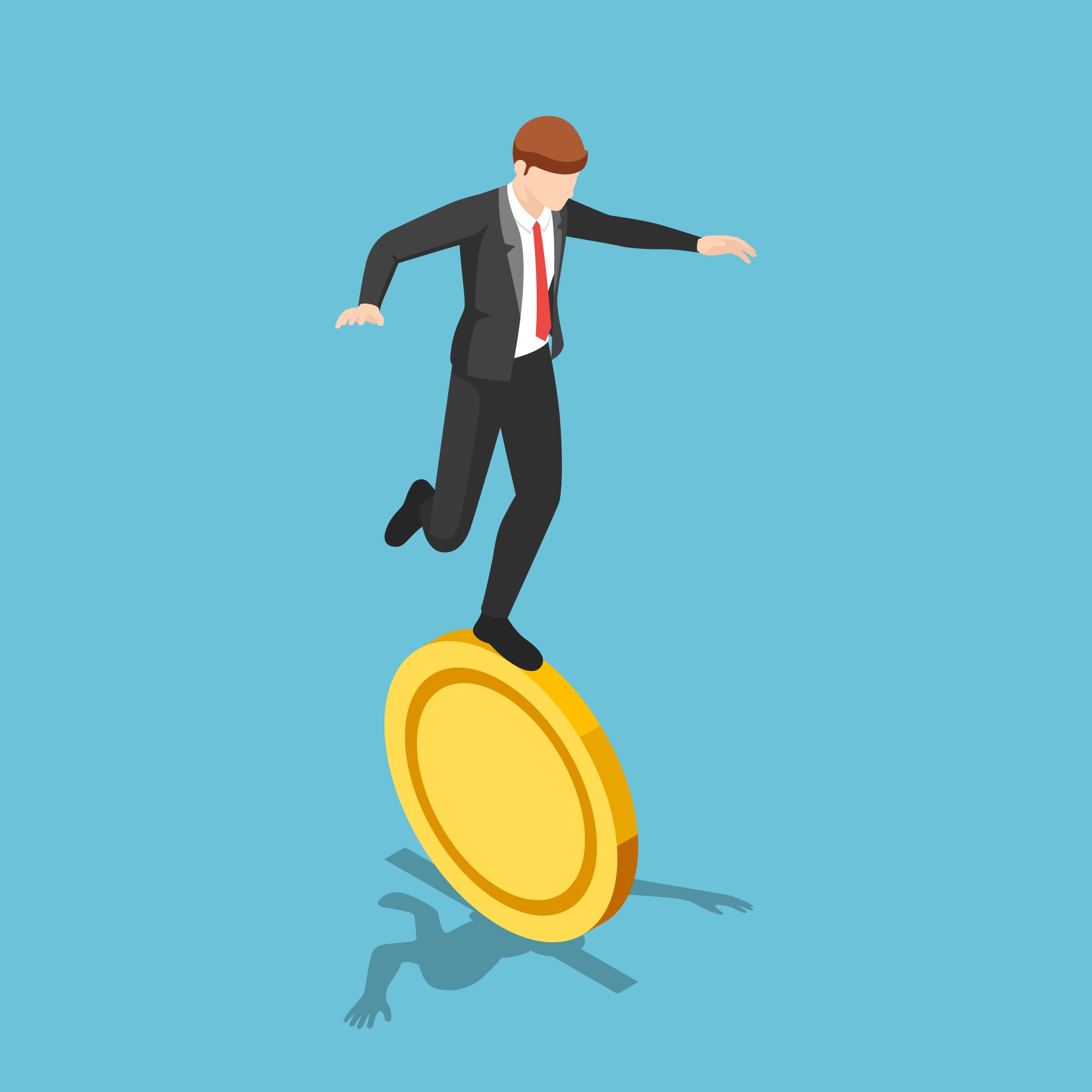
Being a freelancer is inherently unstable. While some months might be hectic, others may be pretty slow. The trick to being a successful freelance UX designer isn’t just getting the first client. You will need to build a reliable system to generate clients over and over again. This can be challenging for some.
Complex Taxes
One of the biggest challenges freelancers face is the complexity of their tax returns. Tax laws vary depending on your country, state, and individual situation. The onus is on you to make the necessary provisions, pay and file taxes regularly. If you incur expenses for work as a freelance UX designer, it is also on you to maintain bills and claim deductions. These can be tedious if you’re not tax-savvy.
Paying for Your Benefits and Expenses
Most salaried employment comes with health insurance, retirement plan contributions, paid sick leave, paid vacation, maternity/paternity/parental leave, etc. As a freelancer, you need to make provisions for all these. For instance, if you’re charging your customer by the number of hours you work on their project, vacation will mean loss of pay. To allow yourself paid vacation, you need to plan your rates/projects accordingly.
Isolation
All said and done, freelancing is a lonely job. Firstly, it’s often project-based, which means once the project is done, you’re on your own. Even during that time, you might collaborate with client teams, but you will not get the opportunity of hanging out with them, participating in team events, celebrating achievements together, etc. So, if you enjoy working as part of a group, you may find the freelance lifestyle difficult. Moreover, freelancers are often expected to solve their problems on their own. You might not have a partner to bounce off ideas or brainstorm with, limiting your creativity in many ways.
If you’re looking to build a freelance career, it’s essential to carefully consider these cons and build support systems to overcome them.
How To Become a Freelance UX Designer?
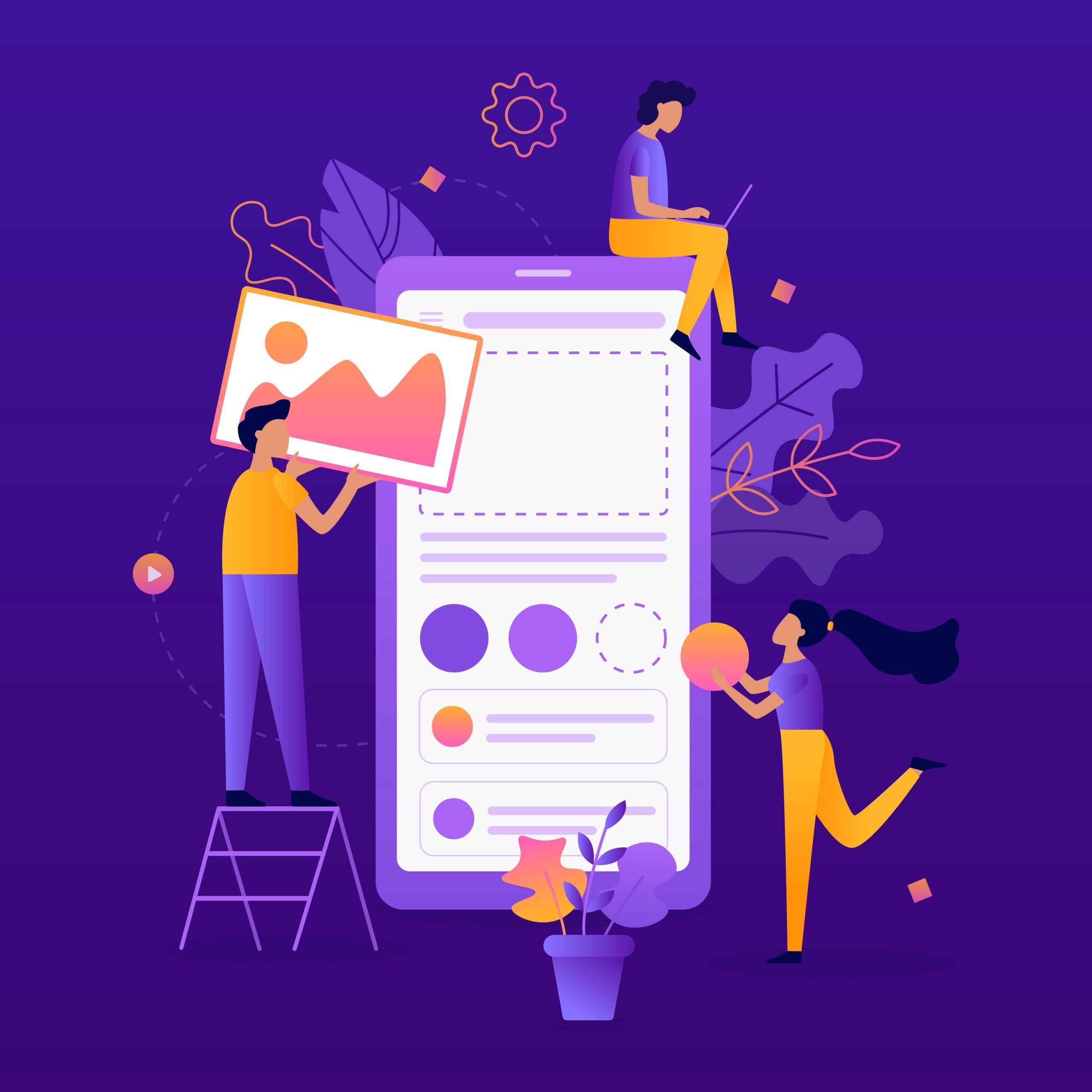
-
Complete a Course
-
Pick a Niche
-
Set Expectations
-
Refine Your Skills
-
Set Your Rates
Every freelance UX designer has a unique path to success. For instance, one might start their career as a freelancer, building their portfolio as they go along. Another might work in full-time salaried employment to gain experience and then launch their freelance practice as a mid-career professional. Whichever way you choose, here are some steps to keep in mind.
Complete a Course
UX is constantly changing, so brushing up on your skills is key. The best way to do this is by completing an intensive design bootcamp online. You’ll work with a real company to complete your first project and are guaranteed a job in the industry. New to UX design? Start with an introductory course instead.
Pick a Niche
While you start, it might be tempting to take on any UX project that comes your way. However, to command good pay and be referred, it helps to pick a niche. This could be the:
- Type of UX work you do, such as web design, mobile app design, game design, product design
- Industry you work in such as healthcare, personal branding
- Technology you build like Squarespace websites, iOS apps
- Specific processes like user research, accessibility design
Set Expectations
One of the biggest reasons freelancers fail is by not setting the right expectations. Make it abundantly clear to the customer what they will get, when they will receive it, how many iterations you will do, how much it will cost etc. Successful freelance projects are those in which no one gets nasty surprises.
Additionally, also set expectations with yourself. Have a plan for a year, broken down into quarterly and monthly versions. Set goals across various parameters, including financials. Budget for expenses. These could be expected ones like a new laptop when the current one’s life runs out or unexpected like accidental damage. Create enough of a financial safety net for the tougher days.
Refine Your Skills

UX is a rapidly evolving field. While your foundational skills will serve you well, staying updated can be an extraordinary competitive advantage. Therefore, make efforts to keep refining your skills. You can do this formally by joining online courses or boot camps from time to time. You can also integrate this into your freelance practice by regularly taking on new projects to challenge yourself.
Set Your Rates
Freelance UX designers typically charge in one of three ways: By the hour, by the week, or by the project.
All of them are helpful pricing methods, but you need to decide which is the right fit for the kind of job you are taking up. For instance, if you are taking on a project for designing small aspects of a larger application, which you cannot yet estimate how long it will take, you can charge by the hour. Most freelancers start this way. Here are indicative freelance UX designer hourly rates of intermediate-level professionals in the U.S:
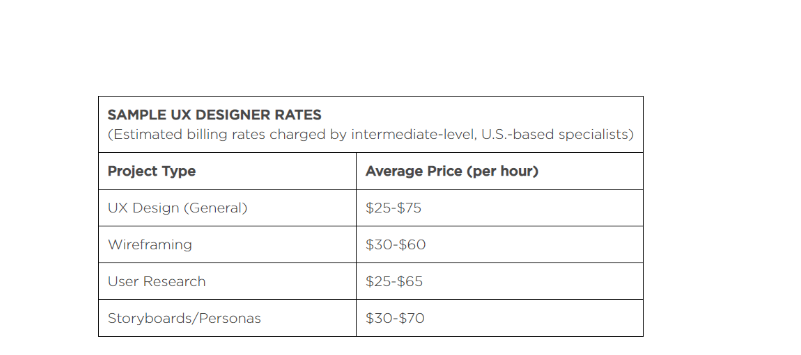
Source: Upwork
However, while estimating the number of hours a project might take, remember that each project will also include administrative tasks like emails, invoicing, follow-ups, collecting feedback, etc.
On the other hand, for instance, if you’re signing up to build a website and understand the expectations clearly, you can charge by the project. This means that you charge a lump sum for the entire project and get paid for delivering it. So, with experience, when you learn to do things much faster, you continue to get paid well, unlike in the per-hour model.
Once you get a good understanding of your work and the market, you can also offer value-based pricing instead of effort-based pricing. So, instead of saying this will take me 10 hours, and at 50$ per hour, I charge 500$, you can say, “this website has the potential to generate $250,000 in the next five years. So, I would charge 1% of that at $2,500.” Experienced product designers often charge this way.
Related Read: How To Become a UX Designer with No Experience
How To Find Freelance UX Jobs

Once you’ve identified your niche, set expectations, refine your skills, and decided on your rates, it’s time to go to the market and seek freelance UX design jobs. Here are some ways in which you can do that.
Self-Marketing
Being a freelancer is like running a small business. This means that you are entirely responsible for sales and marketing for your freelance practice. So, the first and fundamental step in finding freelance jobs is to market yourself.
Build a website
- Build a personal website with information about your experience, background, kind of work you’re open to, etc.
- Create a visual portfolio of your past work either on your website or on platforms like Dribbble, Behance, etc. If you’re just starting, feel free to include unpaid/pet projects as well
- If you have a roster of recognizable clients, include their logo (with permission)
- Offer a consultation/audit for free to entice potential clients to connect with you
Use your network
When you’re ready to take on work, reach out to your personal, professional, and social networks and let them know. This could be a simple email to your past colleagues with a link to your website. It could also be personally reaching out to seniors/mentors seeking referrals. While this is easy to do, make all the efforts never to let someone who referred you down. And have an open conversation with the referrer in case something goes south.
Community building
By regularly writing a blog or a newsletter (on free platforms like Substack, for instance), you can build a community of followers who may turn into customers. While this can deliver exceptional results in the long term, it will take up a lot of your energy until then.
Job Boards

Since job postings in user experience or user interface design can be fragmented, this needs some investment of your time. Here are some resources you might find helpful:
Upwork is one of the largest freelance job boards, where UX jobs are among the most hired. You can keep an eye out for new posting or subscribe to regular email updates from the platform.
AngelList is a startup-focused site that includes full-time, part-time, and freelance opportunities within the startup world.
FlexJobs. Freelancers must pay to use FlexJobs, but there are a variety of remote and flexible jobs on offer. Keep in mind that many FlexJobs postings have location requirements.
TopTal. It is a marketplace for freelancers in UI, UX, visual, and interaction design. It boasts of only accepting “the top 3% of freelance designers.” This means that the work you get here might be super-specialized, offering competitive pay.
For more on the top 10 UX design job boards, read this blog post.
Social Media
Having a solid social media presence can boost your chances of landing freelance assignments for two reasons:
- Being active on social platforms keeps you on the top of mind of potential referrers
- Having your information/portfolio handy makes you easier to refer
So, keep your Twitter and LinkedIn profile updated. Connect with clients, past clients, collaborators, etc., to show on their feeds regularly. Post engaging articles/videos and share your thoughts on them. It also helps to have opinions on the latest in UX design. Use LinkedIn Jobs to search for freelance UX jobs.
Though Facebook might seem like a personal social network, it is also an excellent place to search for freelance UX jobs. You might find these Facebook groups useful for freelance UX design jobs:
Collect Testimonials and Referrals
Most freelancers consider a project complete the moment they receive payments. This is a rookie mistake. Your best endorsement is a happy client. So, after completing a project, seek feedback and testimonial from the customer. Ask them if they would be willing to refer you to other assignments within their company or elsewhere. Stay in touch with them on social media or personally, so they think of you when something comes along.
Get To Know Other Design Students
Nicky Arthur
UX Designer at International Baccalaureate
Diego Encarnacion
Design Researcher And UX Designer at IBM
Sinem Ozkaya
UX Designer at Microsoft
How To Become a Successful Freelance UX Designer
The first step to becoming a successful freelance UX designer is to define what success means to you.
Set Goals
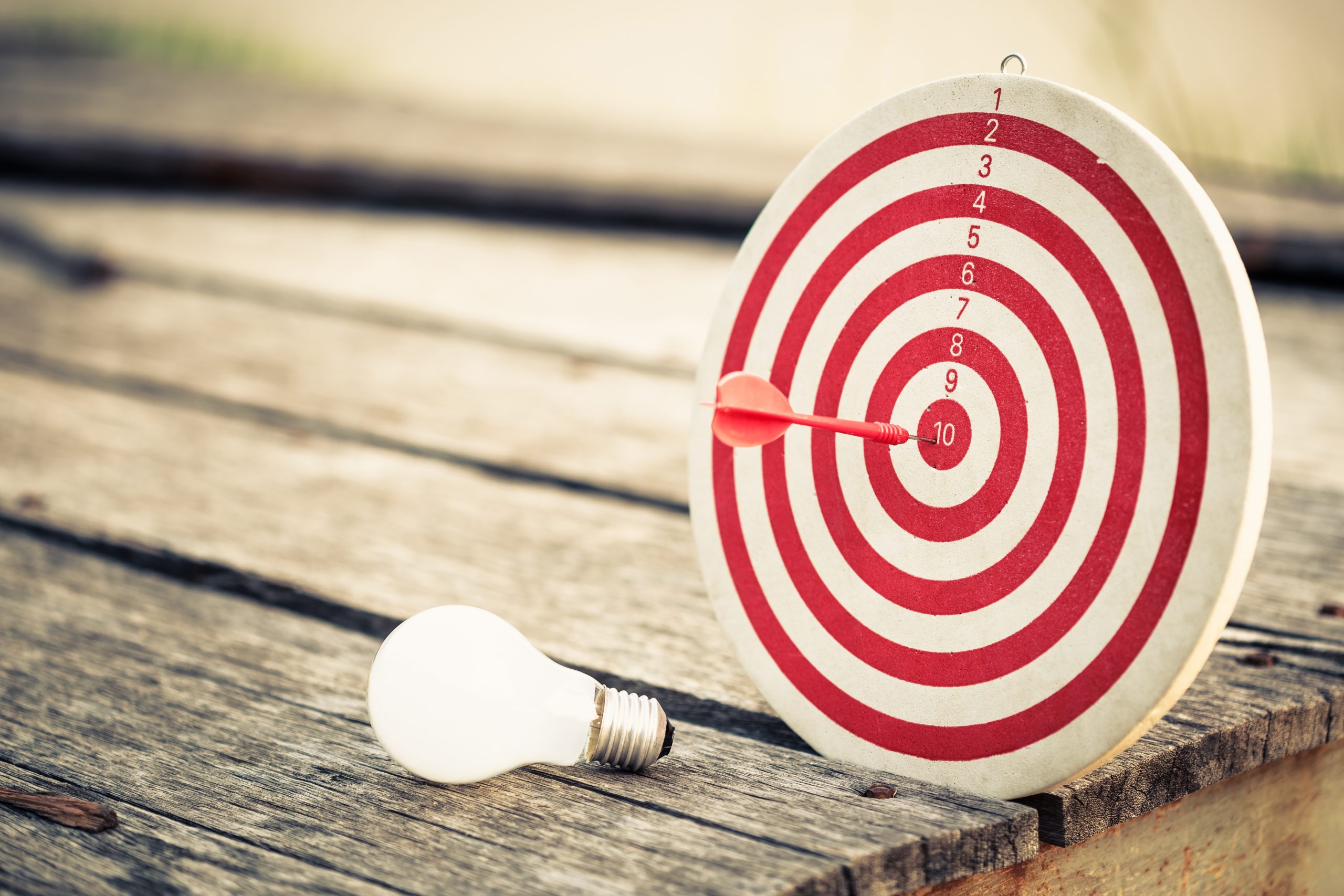
Set yearly, quarterly and monthly goals. While setting financial goals is the most common, think about what else is important to you. For instance, if one of the reasons you became a freelancer is to spend more time with your children, set goals to shut off your work at a pre-determined time. Every week, evaluate yourself against these goals and recalibrate as needed.
Play to Your Strengths
As a freelancer, it can be tempting to take up any work that comes your way. This can be a difficult ride. By taking on work that you don’t have skills for, you are setting yourself up for failure. So, only pursue projects that are a match for your skills, experience, and ambitions.
Build a Routine
Freelancing tends to wash over every aspect of your life. To stay in control of your career and achieve a good work-life balance, build routines. Set specific start and end times for your workday. Schedule time every week/month to track time, raise invoices, follow up for payments, etc. Also, schedule monthly reviews with yourself.
Invest in an Office

It might seem perfectly plausible to work from your couch when you start, but soon, it’ll break your back, literally. Instead, invest in a table and ergonomic chair. If you need wide-screen monitors, a keyboard, mouse, etc., invest in them. If you don’t have space in your home, you can also consider co-working spaces in your neighborhood.
Take Breaks
It is easy to get lost in the work you do, losing track of time. This can be detrimental to your mental, emotional and creative health in the long term. Take regular breaks. Whenever possible, go for a short walk or do a quick stretch to re-energize your body. Avoid working nights and weekends. Schedule vacation and yearly breaks well in advance—and follow them.
Freelance UX Designer Success Stories

If you’re still not convinced about taking the plunge into a freelance UX design career, here is some inspiration from those who’ve gone before you.
Kyle Torres started his journey at a UX design boot camp which he believes helped him lay a good foundation. In this video, he discusses his journey and offers tips to become a successful UX designer. His first tip: “find a mentor in the design world.”
Jared Erondu believes freelancing is interesting because you’re a “one-person business,” doing marketing, sales, operations, taxes, etc., in addition to being a good designer. In this video, he discusses mistakes freelancers make why setting prices—” I was actually losing money by charging hourly,” he says. And offers an alternative framework as well.
Kickstart Your UX Design Career With Springboard
Springboard’s UI/UX Design Bootcamp is a mentor-led, project-driven program that offers everything you need to kickstart your career. The curriculum is comprehensive, gives you a wide range of skills to get started. The course includes multiple small projects and two capstone projects that would strengthen your portfolio. Our mentors are industry experts who will eliminate roadblocks and answer questions to accelerate your career. Our coaches will help you transition to a freelance career when you complete the course.
Since you’re here…
Are you a future UX designer? Enroll in our UI/UX Bootcamp and join over 10,000 students who have successfully changed careers with us. Want to get wireframing right this second? Check out our free UX design course today.




